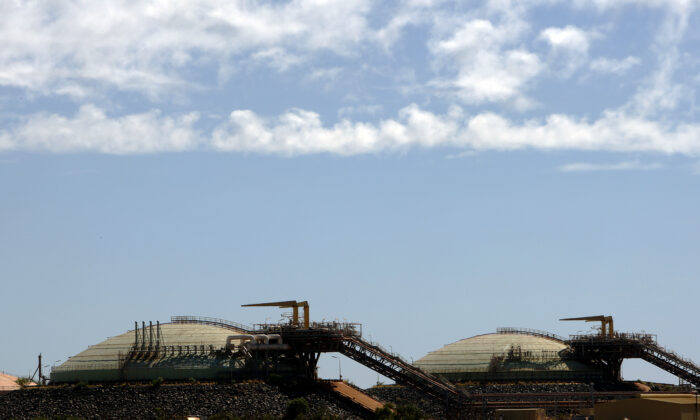Japan’s domestic LNG demand has decreased by 25 percent since 2014 and is projected to drop by another 25 percent by 2030.
According to the Institute for Energy Economics and Financial Analysis (IEEFA), Japan, which is Australia’s largest LNG export customer, is reducing its purchases from Australia due to lower domestic demand and a shift towards alternative power generation sources.
The decline in LNG demand in Japan is attributed to lower power demand, increased nuclear availability, and higher generation from renewable resources. As a result, Japan is exploring opportunities to resell LNG in emerging Asian markets and invest in gas infrastructure and services in countries like Bangladesh, Indonesia, the Philippines, Singapore, and Vietnam.
Japan’s Ministry of Economy, Trade and Industry is encouraging its companies to transition from importing LNG to trading it, aiming to sell 100 million tons of LNG by 2030. Japanese companies have already sold more gas than the total LNG imports from Australia between 2020 and 2022.
IEEFA predicts a global oversupply of LNG in the coming years as new projects come online, increasing capacity by 40 percent by 2028. The shift in global LNG markets is expected to impact major buyers like Japan, resulting in a surplus of LNG supply.
Australia’s Future Gas Strategy focuses on developing new gas fields to support its goal of achieving net-zero emissions by 2050. However, these projects face opposition from environmental advocates and challenges in attracting investment to Australia’s gas sector.
Wood Mackenzie emphasizes the importance of implementing the Future Gas Strategy to lower perceptions of sovereign risk for investors. The government’s support for the strategy is crucial for attracting investment and ensuring the successful transition of Australia’s gas sector. Can you please rewrite this sentence for me?
Source link





